Kyoto's Top 5 Key Things to Know Before You Go
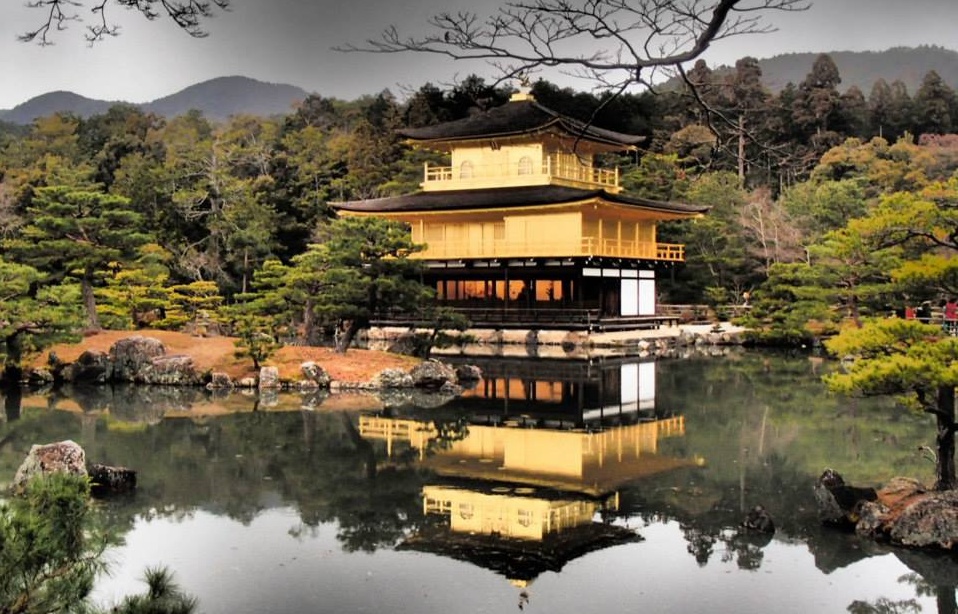
Kyoto is the place to go if you want to discover the ways of Japan in the olden days. Kyoto, with 1,200 years of history, is a landmark of preserved culture and tradition, with many shops, tourist spots and roads reminiscent of Japanese life from centuries ago. With this in mind, expect a different subculture in this charming town.
By Katrina Vinluan5. The City that Sleeps Early
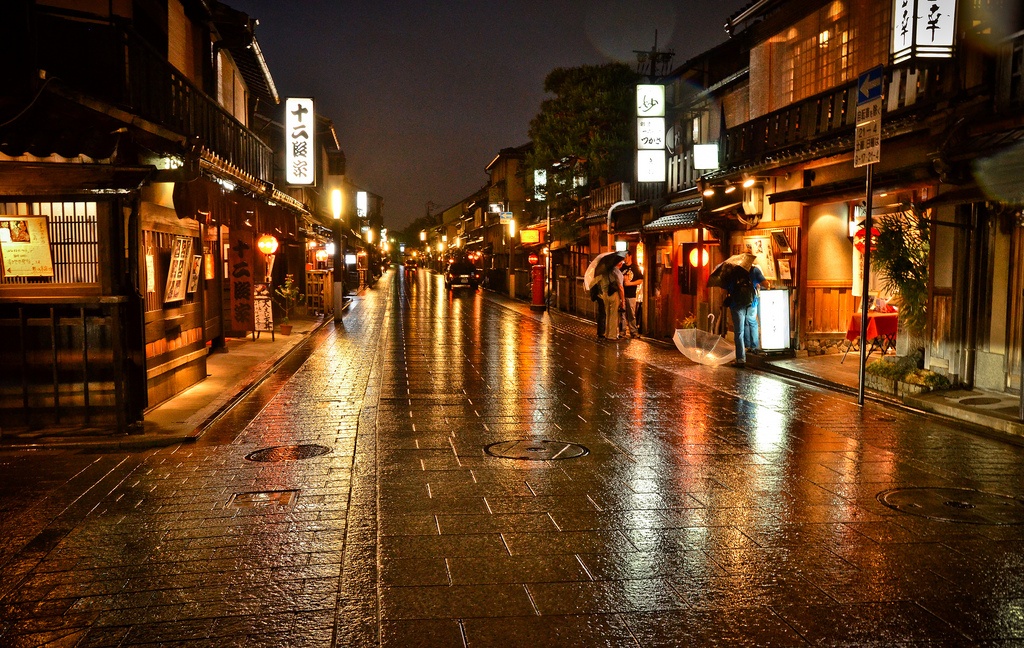
https://www.flickr.com/photos/67162482@N07/6122839290
If you're seeking a lively nightlife, Kyoto isn't the place to be. Quite a few of the residents in Kyoto are culture preservers (which means that they may prefer to close up shop early and start the day early, too). While the Kyoto Tower stands bright and tall until late in the night, shops near most tourist spots wind down at 5 p.m.; very few establishments stay open until 8 p.m., which is still pretty early for the nocturnals. So, have a book and a blanket to snuggle with, or someone to talk to come dusk if you are spending the night in Kyoto. Also note that not many touristy places have train access, only bus stops. Your last ride available could be a 7 p.m. bus, which is quite early compared to Tokyo.
4. Stand on the Right Side of the Escalator
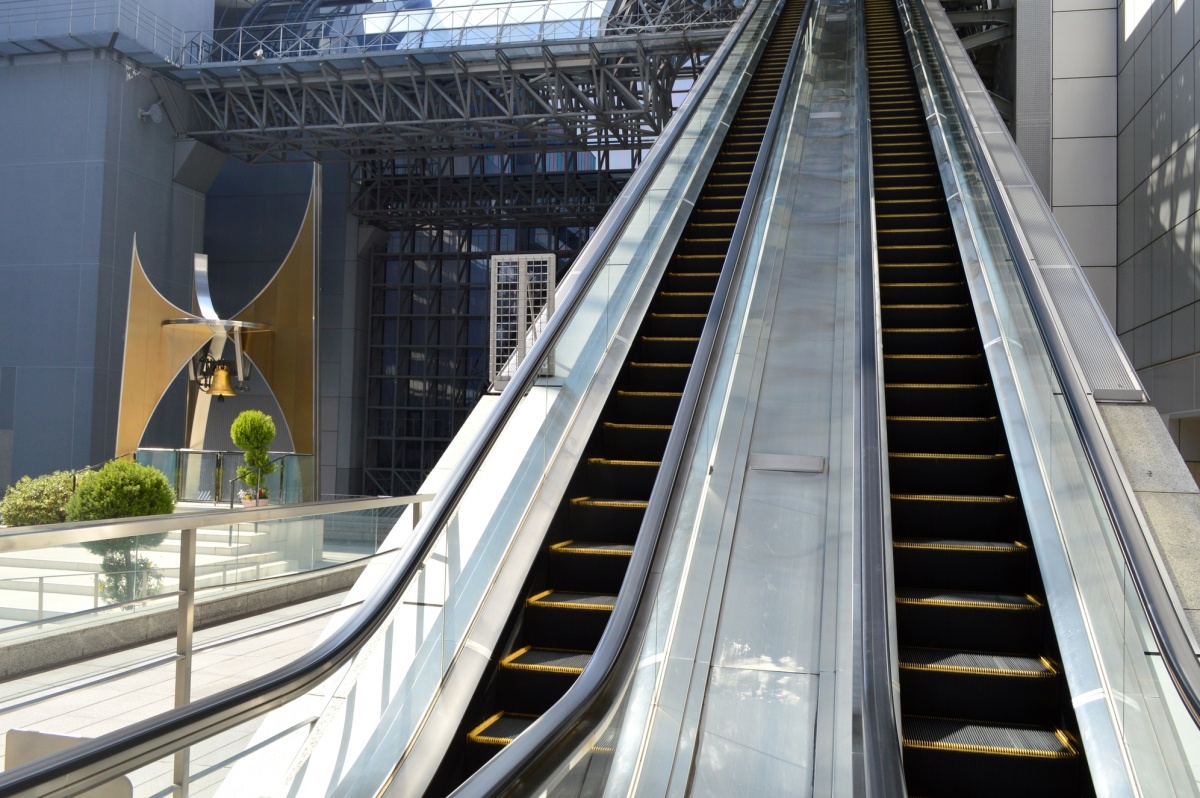
If you've been to Tokyo and the Kanto area in general (which includes Chiba, Saitama and other nearby East Japan prefectures), you might be familiar with the escalator etiquette that expects you to stand on the left side, allowing those in a rush to walk or run on the right side. This is the opposite when you're in Kyoto. Here, you need to stand on the right side of the escalator, allowing the people to walk on the left side. While Japanese people are quite forgiving and extra patient with foreigners, this may not be the case during rush hour, especially if you are at a major station where lots of salarymen are rushing to go to other cities like Tokyo or Nagoya for work.
3. You Can Make a Wish for ¥50
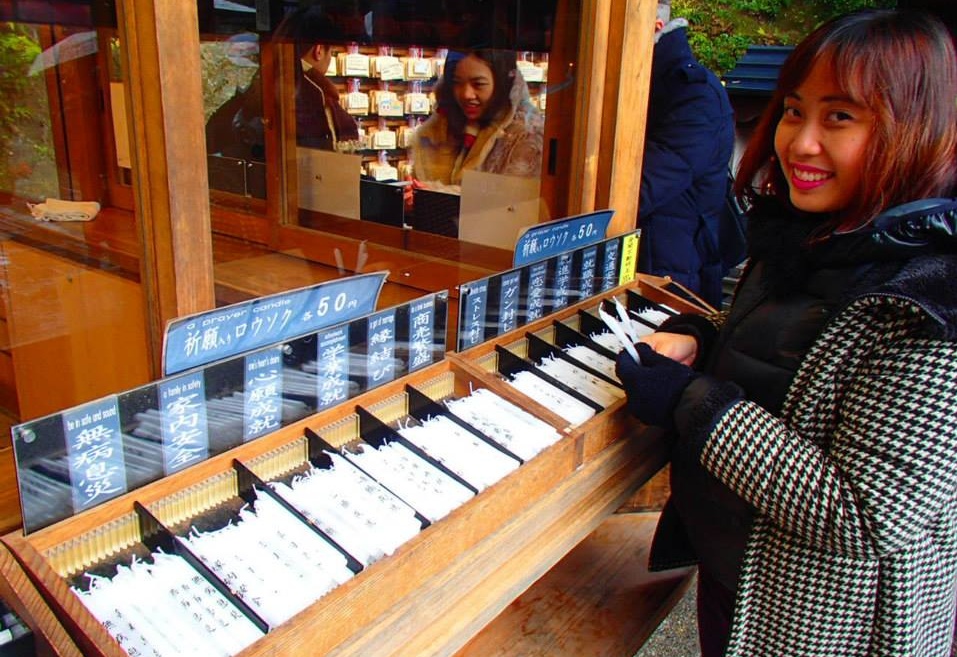
Kyoto is a place brimming with shrines, temples and UNESCO World Heritage Sites that have wishing wells, basins, temples and candles. At the end of some walking tour spots, for only ¥50, you can choose a candle specifically labeled for the wish you want to make—for a good job, good grades, good health, money, love or whatever you have in mind. Special candles priced at ¥500 are said to make all your wishes come true. While I do not vouch for the veracity of these candles, they are good to try for a first-time-in-Kyoto experience. And they make perfect souvenirs if you decide to take them home instead of lighting them up on the spot.
2. Shrines & Temples Aren't the Same
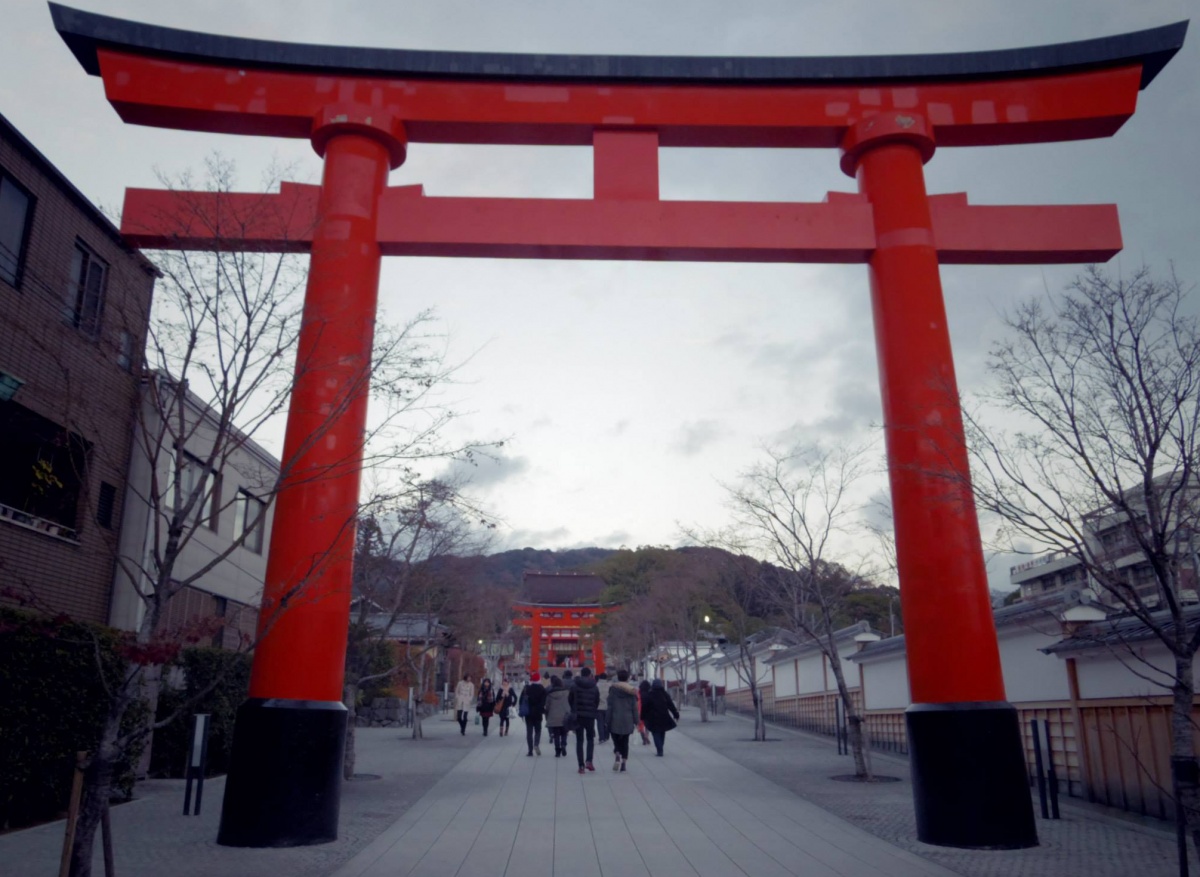
Kyoto is definitely full of shrines and temples, but make sure you don't confuse the two. Shrines refer to Shinto worship sites, while temples are those that reflect the practice of Buddhism. A torii archway, such as the one in the photo above, is inherent to shrines and is a clear giveaway. The second part of a shrine's name determines its status—from jinja (神社), the most common form of shrine, to taisha (大社), or great shrines. Shrines usually have purification troughs—cleansing basins with flowing water—by the entrance points and are usually marked by the presence of guardian animals. For example, in Kyoto's famous Fushimi Inari Taisha, foxes guard the shrine.
Conversely, temples are usually identifiable by the presence of multi-tiered towers, Buddha statues and incense burners. There's usually a -ji or -dera (both written as 寺) in the name of temples (Kinkaku-ji and Kiyomizu-dera are two great examples in Kyoto), and prayers are offered silently here—as opposed to shrines, where clapping before prayer is the standard.
1. Not All Ponds Are for Wishes; Some Are World Heritage Sites

With Kyoto's enchanting beauty and affinity for spiritual rituals, it may be tempting to think that all magical-looking ponds in Kyoto are meant for coin-tossing. This pond above is right across from Tenryu-ji, which happens to be a UNESCO World Heritage Site. No, this is not a wishing pond; although a few meters away will lead you to a smaller pond where you can wish-all-you-want—as long as you have enough coins at hand. Given this, be wary about tossing coins (and trash) in improper places. This may just displease the watchful groundskeepers! Apart from tossing coins in the wrong places, it must be noted that picking flowers or breaking branches are also prohibited. Most importantly, photography is not allowed inside some of the historical areas, so be conscious of signs.


